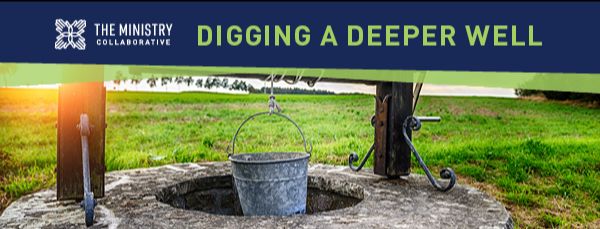Our post last week on the turnaround of bookseller Barnes & Noble (big takeaway: they got a leader who loved books!) generated a lot of thoughtful response from those who read the piece.
One colleague wrote to us:
My friend has worked for them for years and was delighted when the new CEO came on board because of his reputation as a person who loves books. I heard firsthand the difference that love made day-to-day as my friend got new instructions from corporate that gave them more freedom and creativity and let each store have more of its own identity, more like independent bookstores. My friend was almost giddy. It’s been incredibly gratifying to see this approach pay off so spectacularly.
And then, obviously after reading our column, Ezra Klein wrote in The New York Times this week about “How Barnes & Noble Came Back from Near Death.” (Ok, maybe not obviously after reading our column. But we can dream.)
In this piece, Klein reflects on his love of books as a child and the warm invitation Barnes & Noble offered not just to buy but to sit and read. He then reflects on some of the things we touched on last week about the leadership of CEO James Daunt. And here, one point really stood out to us. As Klein notes:
Daunt’s diagnosis of the industry is refreshingly simple: Good bookstores thrive; bad bookstores die.… (He)believes that there’s something ineffable about a great bookstore. And he is dismissive of the kind of customer research that would cast that art as a science. I asked him, for instance, whether Barnes & Noble tracked the demographics of its customers. “My predecessors spent enormous amounts of energy and effort to answer questions of that sort, and I spend literally zero,” he said. “I have no interest at all in even beginning to think of that as a question. It’s totally irrelevant. Our stores are for everybody.”
Good bookstores thrive.
It’s an art, not a science.
There is something ineffable about a great bookstore.
And demographics are irrelevant.
Demographics—irrelevant? How can that be?
Of course, there are reasons to look at the demographic diversity of those we seek to serve. But chasing some demographics can be a trap for church boards. It seems that over half the congregations in North America spend board time wondering about – and plotting for – “how to get young people to come.” Is there a challenge for your church board here, in Daunt’s dismissal of demographics, that might be worth sitting with and discussing?
What is your favorite experience of a bookstore? What about that experience stands out and makes it so memorable to you?
Is the making of a great bookstore an art more than a science? How about the making of a great church?
Can you imagine ways that your church is – or could be – “ineffable?”
How is your congregation tracking demographics, if at all? Does that demographic research lead you toward the kind of church you want to be, or away from it?








No Comments